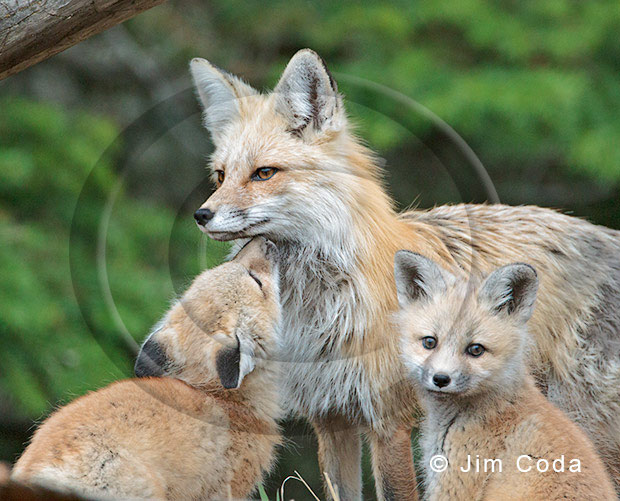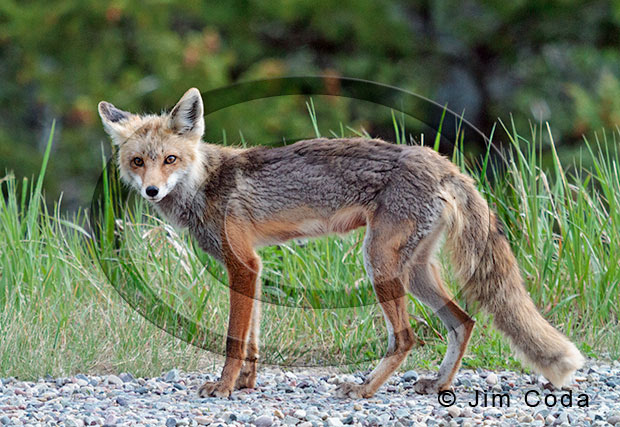Cheetahs, Serengeti National Park

Two Cheetahs Rest
These two cheetahs were resting under a tree along the border with Kenya. It’s often hot in Tanzania and a good place to look for cheetahs and lions is under trees. For a larger version of this image, go to my portfolio.












